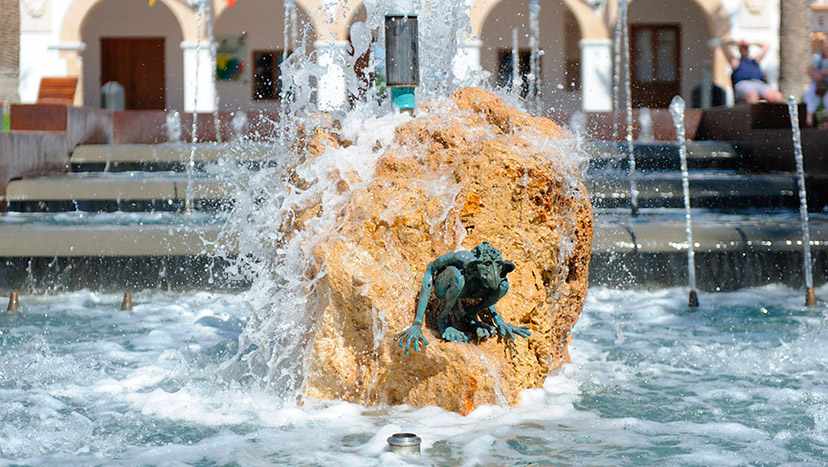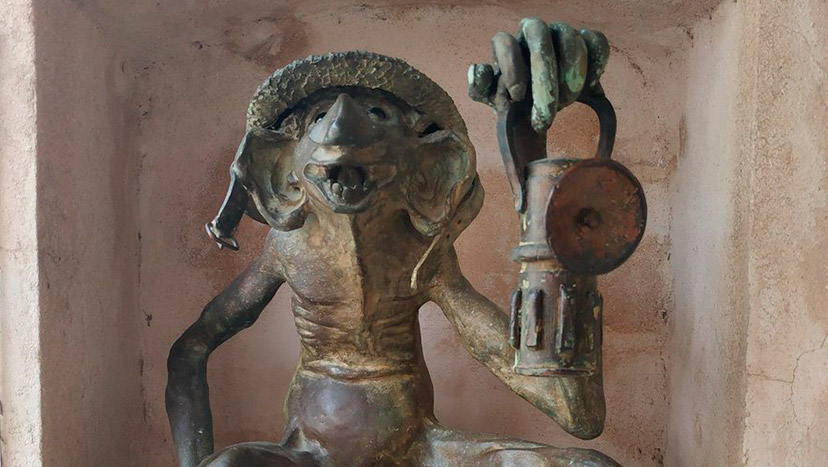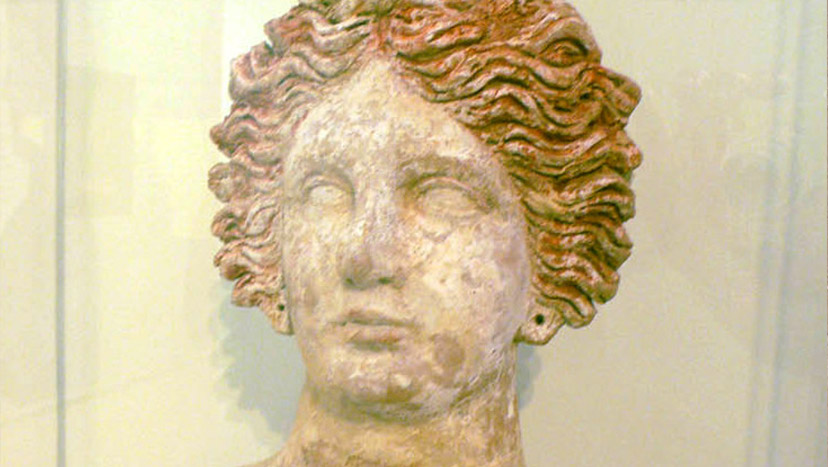It is said that the absence of snakes inspired the ancient Carthaginians to name the island Ibiza, in honour of the Egyptian god Bes, as this deity had the power to protect itself from all kinds of venomous animals. This name has evolved over time and with the different cultures that have inhabited it, changing from Bes, to Ibes, Ibis, Ebusus, Ibossim, Yabisah, to end up being known throughout the world as Ibiza. Other deities such as Tanit, goddess of fertility, have survived to the present day, becoming mixed up with characters from Ibizan mythology, such as the fameliars or the barruguets, which we will describe in this article to tell the story of the most fantastic characters of the legends of Ibiza itself.
Charismatic beings such as the fameliars, small “goblins” who are “born” from the stem of an herb that only grows on the night of San Juan, under the old bridge of Santa Eulària des Riu. Legend has it that this plant lasts just a few hours and that “if you are quick and manage to take one of its stems you must put it in a black bottle so that it can come to life”. The fact is that the presence of these ugly, large-headed imps is not all that pleasant, since if they escape they will insistently ask for “work or food” and, to prevent them from doing mischief, it is necessary to keep them entertained or lock them up again. The fameliar has extraordinary strength, so he can only be occupied with really tough tasks, such as building big stone walls or even impossible jobs. These beings have been immortalised by the sculptor Andreu Morenu in different parts of Santa Eulària des Riu.
The barruguet is another of the beings of Pityusic mythology that dwell in the houses to interfere with the daily life of those who inhabit them. These small creatures with elongated heads have great strength and, although they are almost always invisible, have the ability to turn into any animal, usually goats. Their main concern is to do mischief to annoy those who live in the homes they sneak into. Their favourite pranks are putting salt or ash in food or tickling babies to make them cry, among many other things. On stormy nights, they gather in the foam of the waves to cleanse themselves and do somersaults.
Ibiza’s rondaies or legends also speak of follet. In this case it is not a being, but rather a power. Someone who has follet can fly or move invisibly from one house to another. They say that when a child is very restless, they have follet, and there are countless magic formulas to get rid of the problem. There are even texts that claim that priests have the power to bestow follet.
The horror stories of Ibizan grandparents did not speak of the bogeyman to terrify the most daredevil children, but of the crespells; beings with wrinkled skin and warts that inhabited Sa Cova des Crespells, a cave located in the area of Buscastell, in the heart of the island of Ibiza, where seven very small and one large crespell lived. These monsters grunted constantly and cast fire through their eyes.
The Ibizan witches also had their little niche in island mythology. In this case they were not evil and did not fly on a broom, but they knew all the herbs and flowers of the Pityusan islands and had the ability to make powerful spells. Nowadays, many houses still have a white cross in their windows to protect themselves from these beings as well as evil spirits.
So, each area of Ibiza has its own fanciful legends, represented in books, stories, figures or sculptures, to be passed down from generation to generation.


